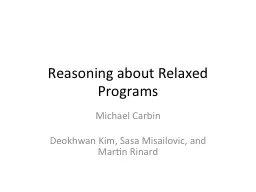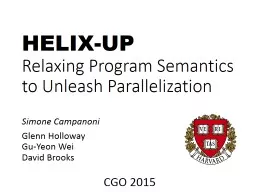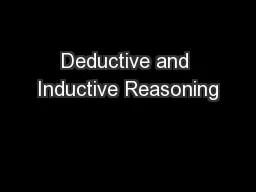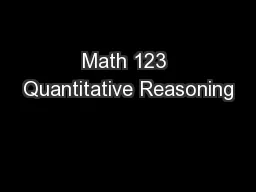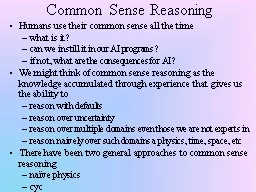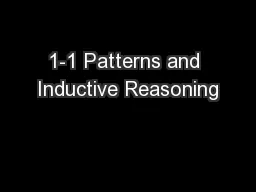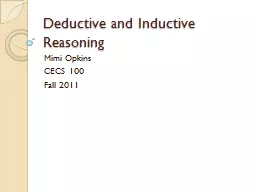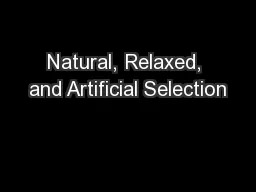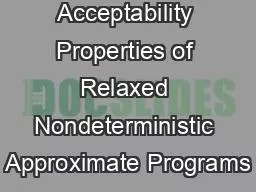PPT-Reasoning about Relaxed Programs
Author : karlyn-bohler | Published Date : 2016-07-01
Michael Carbin Deokhwan Kim Sasa Misailovic and Martin Rinard Research Focus NonTraditional Program Transformation Program Repair Eliminate memory leaks Eliminate
Presentation Embed Code
Download Presentation
Download Presentation The PPT/PDF document "Reasoning about Relaxed Programs" is the property of its rightful owner. Permission is granted to download and print the materials on this website for personal, non-commercial use only, and to display it on your personal computer provided you do not modify the materials and that you retain all copyright notices contained in the materials. By downloading content from our website, you accept the terms of this agreement.
Reasoning about Relaxed Programs: Transcript
Download Rules Of Document
"Reasoning about Relaxed Programs"The content belongs to its owner. You may download and print it for personal use, without modification, and keep all copyright notices. By downloading, you agree to these terms.
Related Documents

